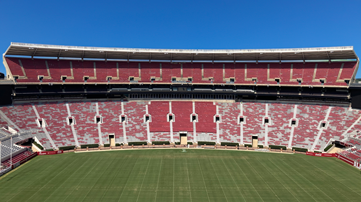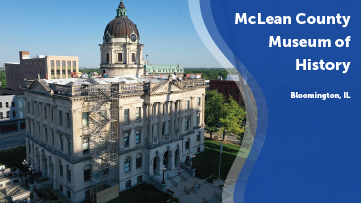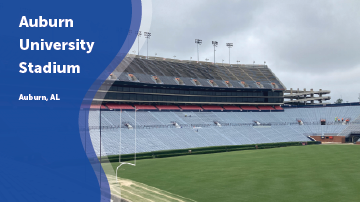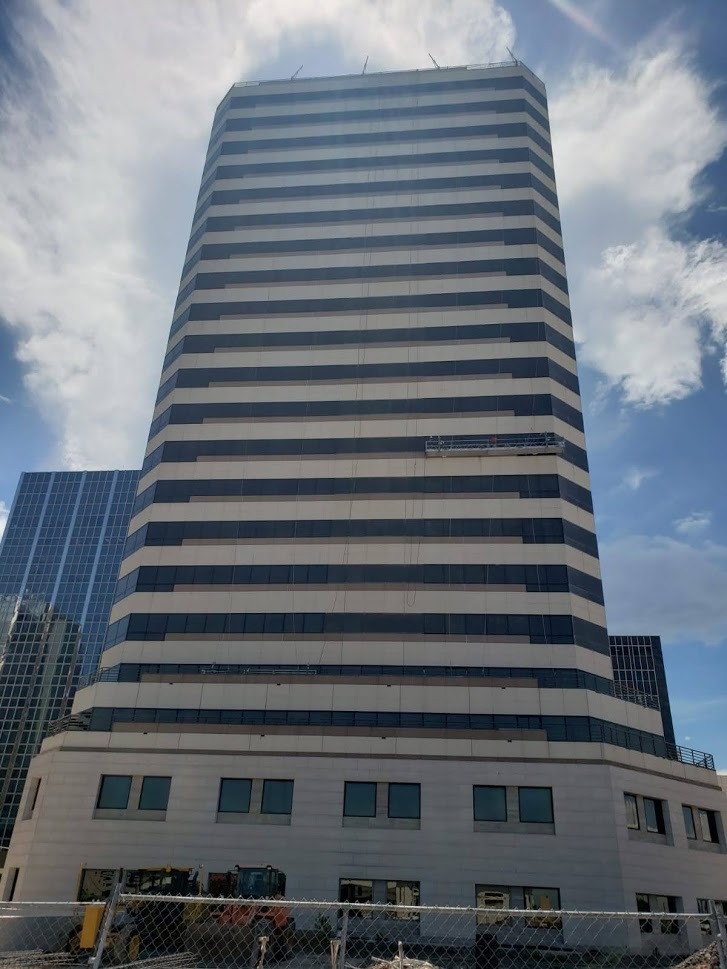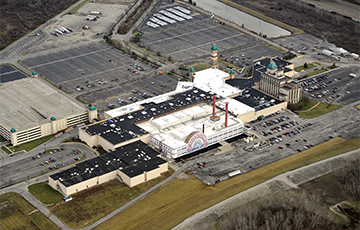Western Specialty Contractors Replace Deck Sealants on Historic Bryant-Denny Stadium at the University of Alabama Considered the eighth-largest stadium in the … [Read more...] about Bryant Denny Stadium
McLean County Museum of History
Western Specialty Contractors Replaces Leaking Roof in Bloomington, IL McLean County Museum of History, Helps Save Historic Relics Extensive … [Read more...] about McLean County Museum of History
Auburn University Stadium | Auburn, IL
Western Specialty Contractors Tackles Tough Restoration Project at Auburn University Western Specialty Contractors – Atlanta Branch recently tackled the job of … [Read more...] about Auburn University Stadium | Auburn, IL
Frost Bank Tower
Western has been working on the downtown Frost Bank building in Corpus Christi. The project consists of removing and replacing 110,000 lineal feet of sealants, … [Read more...] about Frost Bank Tower
Prairie Fire Museum
30,000 Square Feet Mechanically Fastened .060 PVC Roof System … [Read more...] about Prairie Fire Museum
Ameristar Casino
250,000 Square Feet Mechanically Fastened .060 TPO Roof System … [Read more...] about Ameristar Casino

